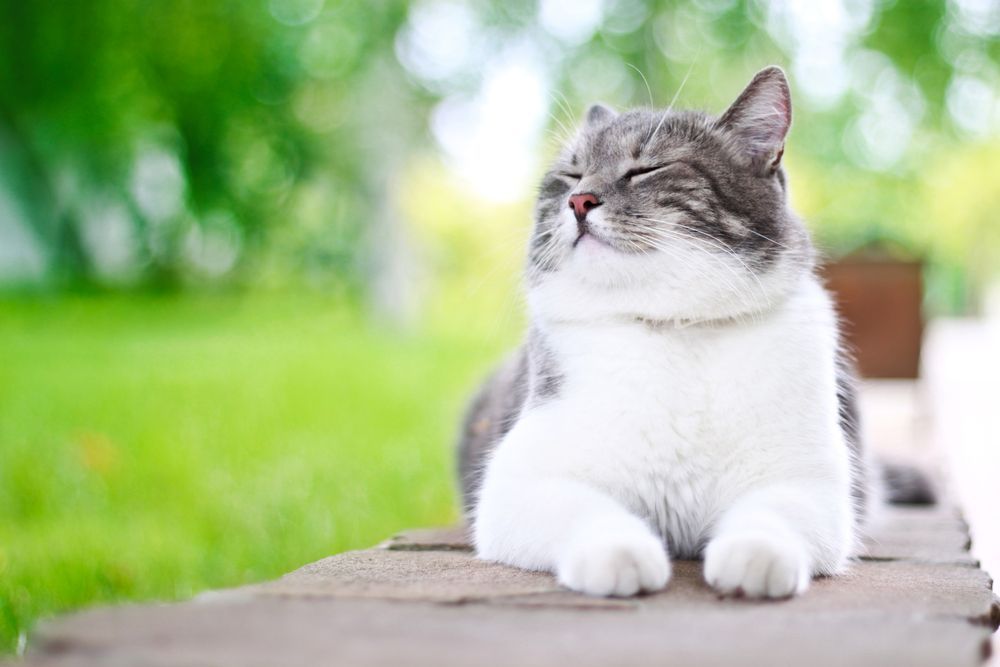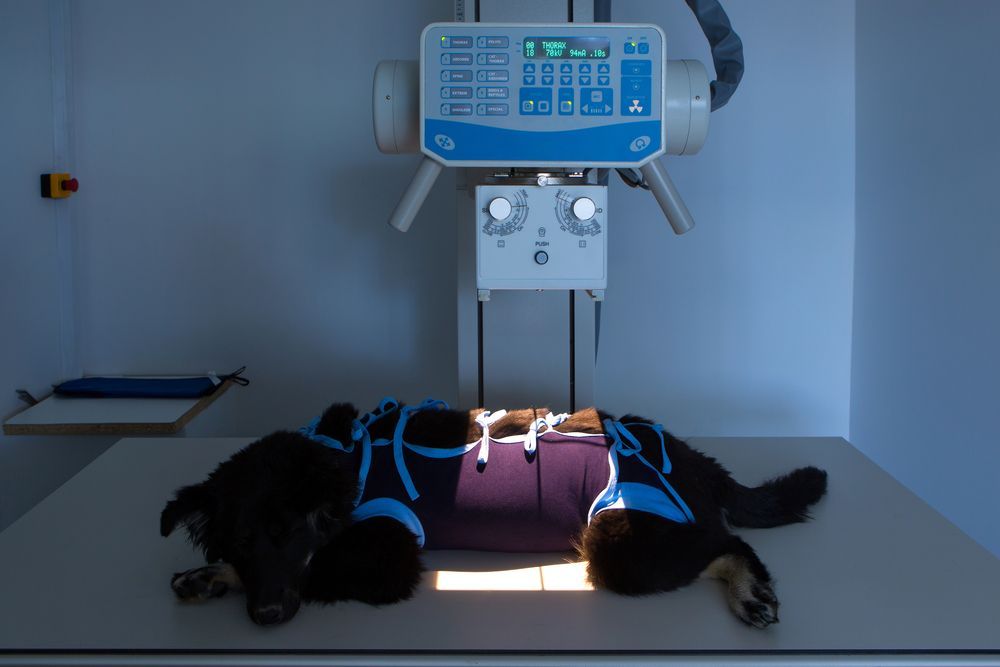Nail-clipping in Pets
Why clip?
Nail-clipping is a part of a good grooming routine, which is essential to a pet’s overall wellbeing. Overgrown nails can cause discomfort and impede your pet’s ability to walk, affecting their posture and movement. They can even become so long they begin to grow into the pad of the foot, which is painful and can lead to infection.
How to clip
The nail should be clipped at a 45-degree angle just below the quick (Fig. 1). The quick is the blood and nerve supply of the nail, which is painful if nicked and will cause bleeding, so care must be taken to avoid it. Sometimes the quick can be very long and only a small amount of the nail can be trimmed at a time. Regular clipping will gradually cause the quick to recede over time, effectively shortening the length of the nail.
In clear nails the quick can be easily visualised (Fig. 2). However, in pets with black nails it cannot be seen, and in these cases only small lengths should be taken off at a time. Even one painful clipping experience is enough to cause your pet to become completely averse to the nail-clipping process, so being conservative and cautious is always best. Another tip in avoiding the quick is to apply pressure to the nail with the clippers at the intended place of cutting. You can then gauge your pet’s reaction and if they show signs of pain, move the clippers further down the nail and try again.
If the quick is cut it will likely bleed, sometimes quite profusely. To stop the bleeding you can apply a styptic agent, which can be purchased at a pet shop or veterinary clinic. If the bleeding is mild, firm pressure can be applied.
Training your pet
Some pets have had negative experiences during nail clips in the past which has resulted in a distinct distaste for the procedure. For owners this can make nail-clipping near impossible to perform on their pet. However, your pet can be trained to be receptive to nail trims once again. This can be done by counter-conditioning your pet to the negative stimulus of nail-clipping through positive reinforcement. Positive reinforcement can come in the form of treats, toys or pats. For most pets, the most motivational reward is a treat.
Training is best done with two people – one person to hold the pet and distract them with treats, while the other person handles the feet and clippers. To begin with, the pet should only be rewarded when the unpleasant stimulus (foot handling) is occurring. This is done to distract the pet, desensitising them to the situation before leading them to associate the originally unpleasant stimulus with the reward.
Foot handling should only occur for short amounts of time initially, before gradually getting longer and longer as the pet gets used to it. The level of handling should progress in steps – starting small before working your way onto more challenging steps. You should only move onto the next step once the pet has become comfortable with the one before. It is important not to push the pet further than they can cope during any one training session
An example of how the steps may progress:
- Touching and feeling the paws with your hands
- Isolating the toes (holding each individual toe, one at a time)
- Tapping the toes with the clippers
- Placing the clippers around the nails
- Clipping the nails
Despite all your best efforts and patience, you may still need some assistance as it is not an easy task and one that some pets simply do not enjoy. We are here to help if you would like a demonstration or would like us to clip your pet’s nails for a small fee. Please contact reception to book an appointment with one of the Nurses’.

Figure 1. Diagram of nail showing angle of cut

Figure 2. Image of cat nail showing quick







